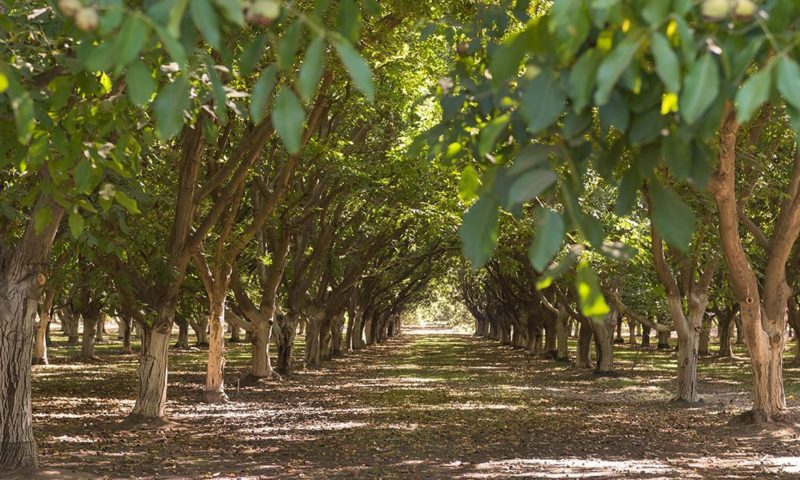



Article by: Hari Yellina (Orchard Tech)
According to the latest reports, post estimates 152,000 mt of walnut production for May 2021/2022, a 2.7 per cent increase over May 2020/2021 following an increase in planted area. Currently, walnut exports are counted at 150,000 et in-shell basis, which represents a 3.4 per cent increase over May 2020/21.
These successful export estimates assume the resolution of the logistical problems and delays observed in May 2020/21. For May 2021/22, post projects that almond production will total 9,700 mt, a 3.0 per cent decrease over May 2020/21, assuming unchanged planted area and relatively lower productivity due to drought. the United States remains Chile’s top supplier of almonds. According to the latest forecasts, in 2021/22, almond consumption will rebound and reach 9,700mt due to the recovery of the Chilean economy which will increase consumer demand for almonds.
The newly formed World Macadamia Organisation [WMO] has officially launched and incorporated in Singapore, with a mandate to drive demand by this understated wholefood.
In 2018–19, the walnut industry was valued at $44 million (LVP), with exports valued at $17.9 million. In-shell production of 12,800 tonnes was produced from over 4,000 hectares or 1.2 million trees. About 45 per cent of Australia’s walnut production is exported with the greatest demand for in-shell walnuts in China, Turkey and Italy.
The Australian walnut industry operates in most states of Australia. Major walnut production areas are on the east coast of Tasmania; the Goulburn Valley near Shepparton; the Murray Irrigation Area near Kerang and Swan Hill in Victoria; the Riverina near Griffith in New South Wales; and Manjimup in Western Australia. The industry is predicted to grow to 14,000 tonnes (4,300 hectares) by 2021 as current growers expand their orchards and new growers enter the industry.